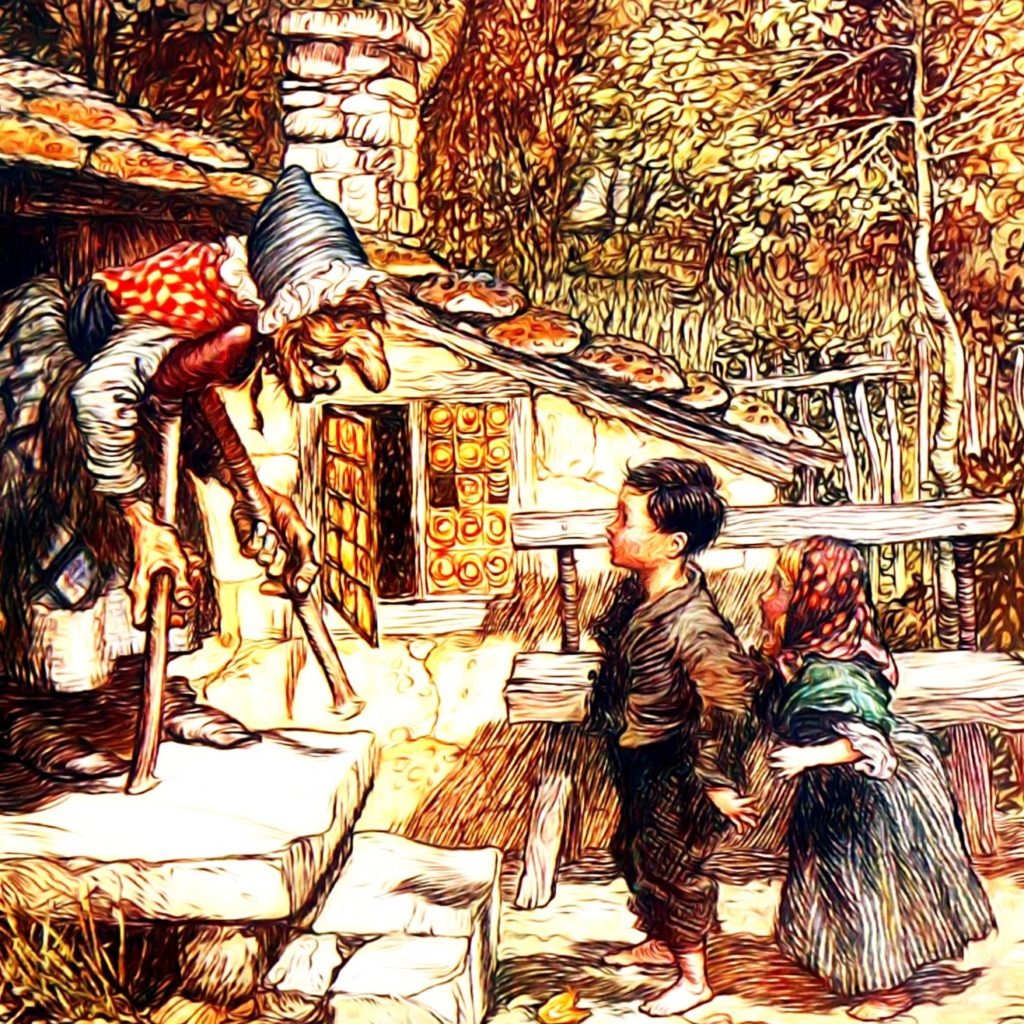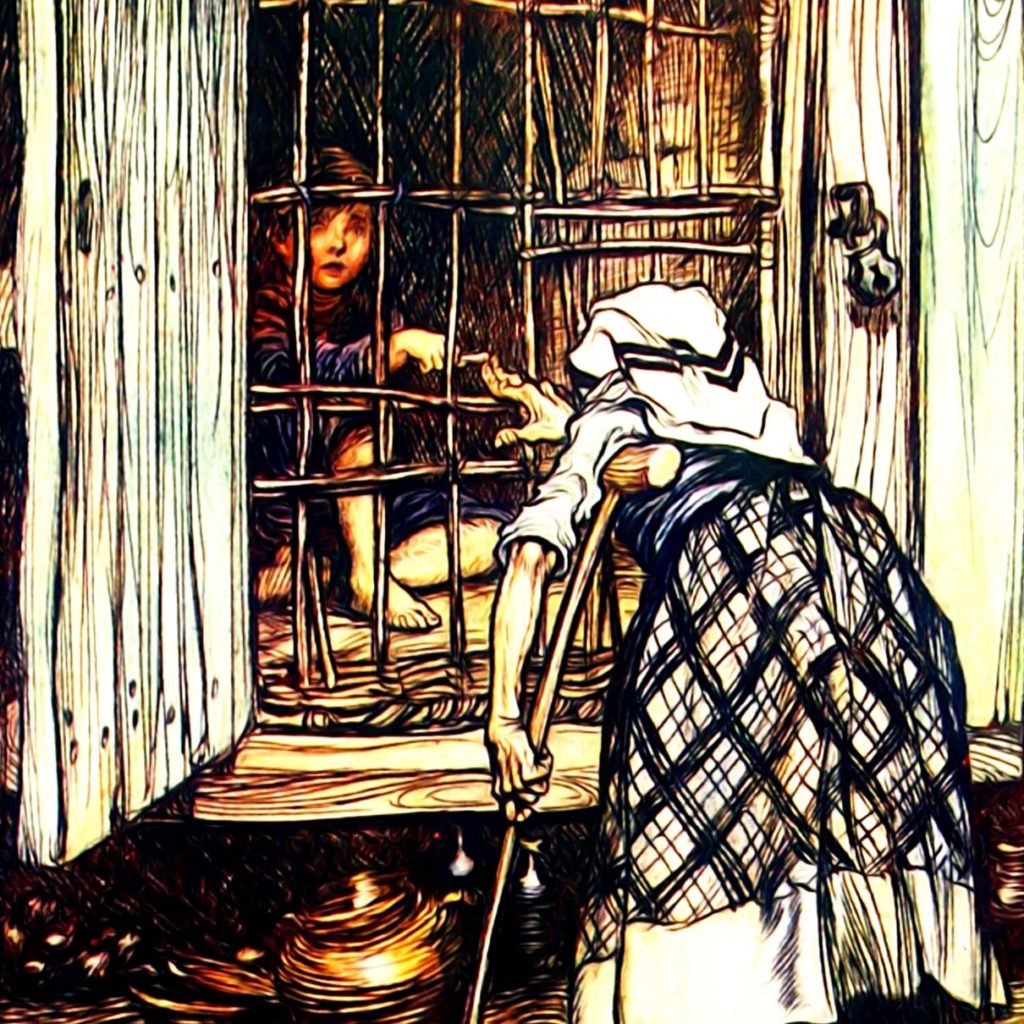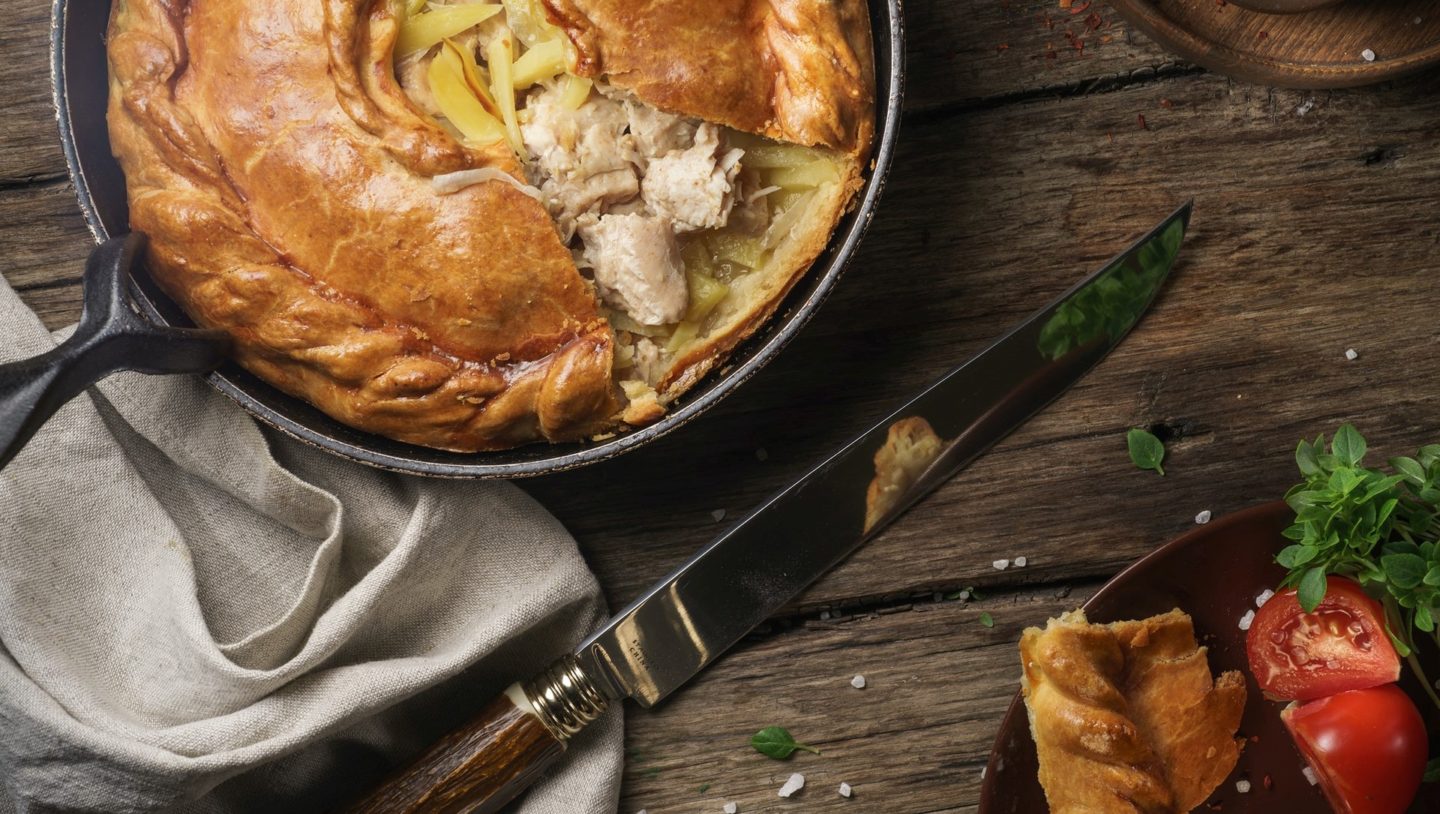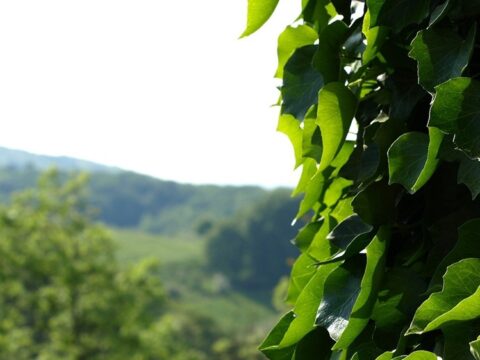I don’t know if you’ve noticed, but cannibalism shows up a lot in fairy tales. We’ve got man-eating giants in Jack and the Beanstalk. In the original version of Snow White, the evil queen actually eats Snow White’s heart with salt. Then there’s The Juniper Tree, a more obscure tale in which a stepmother kills her stepson, cooks him up, and feeds the lad to his father. Yikes.
There are countless stories of hungry people eating other people. But the most classic hunger tale with children on the menu is none other than Hansel and Gretel.
Abandonment and Hunger Pains
Confession: Hansel and Gretel terrified me when I was small. This was mostly because I saw the 1987 live-action film Hansel and Gretel. Cloris Leachman’s interpretation of the child-eating witch gave me nightmares for years, so thanks for that, Mom and Dad.
But even the original story of Hansel and Gretel is pretty dark.
You probably remember the evil stepmother who convinces her husband to abandon the children in the woods before the whole family starves. But this stepmother was actually a late revision from the Grimm Brothers. In the original Hansel and Gretel, it’s their own mother who wants to get rid of them.

Once lost in the woods, the kids stumble across a house made entirely of cake and sweets. This architectural wonder is designed to lure children into the clutches of a witch who cooks up children and eats them. Interestingly the witch doesn’t seem to be lacking in things to eat or worldly wealth either. Even so, she appears to prefer the taste of young flesh.
The witch turns Gretel into a slave and fattens up Hansel for slaughter. But the children escape gruesome death when Gretel kills the witch first by shoving her into an oven. It’s quite the drama, but where on earth did this weird little story come from?
Hungry, Hungry Germany
As with all fairy tales, Hansel and Gretel wasn’t invented out of thin air. In fact, there’s quite a bit of history that gave birth to this hair-raising tale. While most of us have heard of the Black Death pandemic that swept Europe in 1347, the plague often overshadows another devastating event: The Great Famine of 1315–1317.
This disaster hit almost all of Northern Europe thanks to a series of bad harvests. The lack of food caused millions of deaths and put parents in a particularly grim dilemma as they watched their children starve.
During this time, many German parents abandoned or sold children they couldn’t feed, and practices like infanticide and cannibalism became tragically common. In light of this traumatic historical event, it’s no wonder a story like Hansel and Gretel emerged.
But Where Did This Cannibal Witch Come From?
Well firstly, witches have been a part of German folklore—and German history—for a long time. When people think about witch hunts, they often hearken back to the hysteria of the Salem Witch Trials. But it might interest you to know that only 25 “witches” actually died in Salem.
In contrast, the witch hunts of Germany during the Middle Ages killed an estimated 40,000 victims by burning them at the stake. Clearly the fear of dark magic and evil women was rampant in medieval Germany, but where did the bit about witches eating children come from?
Fairy tale monsters devouring children is far from a new thing. In fact, one of the most classic German monsters is the Kindlifresser or “child eater.” This character is basically the German boogie man, a ferocious ogre who carries a bag of kidnapped babies to snack on. How’s that to frighten children into obedience?
In German lore, witches were the female equivalent of the Kindlifresser, so it went without saying that witches also ate little children. Cannibal witches were a thing in Germany centuries or even millennia before the Grimm Brothers wrote Hansel and Gretel.

The Fine Line Between Mother and Witch
I think the most fascinating aspect of Hansel and Gretel is that both women in this story are evil in different yet similar ways. We have the mother figure who abandons her children to survive, then we have the ravenous witch who decides to eat them. But are these two women all that different?
During the Middle Ages, infanticide was considered the worst of all crimes in Europe. In fact, German women by law were expected to report their pregnancies. Those that did not and mysteriously claimed to have stillborn children could be executed for infanticide in quite horrible ways.
Take note that historically only women could be charged with infanticide. Men who got a woman pregnant out of wedlock and abandoned the family generally got a free pass. From that perspective, it’s interesting that the mother of Hansel and Gretel is the one pushing her husband to abandon the kids. That certainly fits the sexist values of this story’s origins.
After getting shafted by one woman, the kids immediately fall prey to a second woman planning to eat them. These two wicked matriarchs are both attempting to solve their hunger in horrible ways. Many fairy tale theorists have speculated that perhaps the mother and the wicked witch of Hansel and Gretel could actually be the same woman.
But Don’t Forget Hansel and Gretel . . .
You’ll notice that the guys in this story are fairly reactionary characters. We’ve got Dad, who doesn’t put up much of a fight when his wife decides to abandon their children. Another fairy tale, another negligent dad.
Brother Hansel is marginally more active in the story. He does leave a trail of pebbles that leads the children home, but then the trail of bed crumbs gets eaten. And Hansel spends the rest of the story getting fattened up behind bars.

It’s only when Gretel outsmarts the witch and shoves her into the oven that the children escape. And once again I’m scratching my head that the little girl is the one to murder the witch in such a grotesque way. I may be reading too much into this, but there seems to be a theme here that in desperate times, women are the ones who are willing to make hard choices—good or bad—to rescue their families and themselves. That’s just my take.
In the End, Hansel and Gretel Is About Overcoming
Fairy tales are a cultural mouthpiece about the biggest trials and fears people suffer. Hansel and Gretel is a prime example. We’ve got a story about family anguish, starvation, desperation, and a world in which kids are on their own to overcome evil.
Even though this is a story about the German people’s greatest fears and most devastating problems, it’s also a story of survival. A story where no matter how bad things get, even the smallest among us find a way to fight back.
If you’re interested in more details about Hansel and Gretel, Dr. Emily Zarka has some fascinating thoughts in this PBS special. ❧




